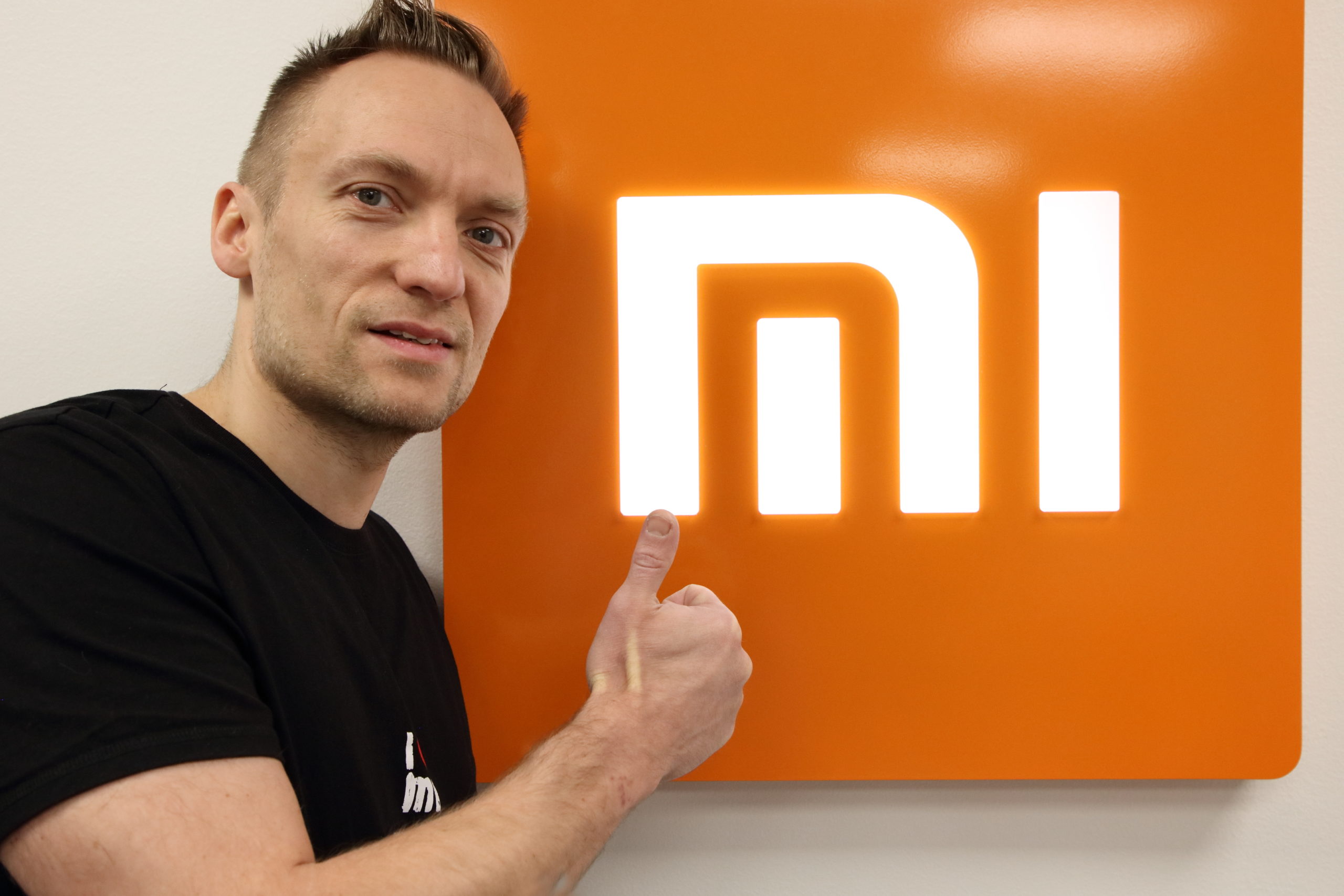The head of Xiaomi Finland R&D and Xiaomi Tampere site Mr. Jarno Nikkanen ramped up the Tampere camera team for Xiaomi in 2019, their largest camera team outside China. Jarno has about 20 years experience in camera and imaging technologies at Nokia and Intel, and he talks passionately about the future of imaging and mobile camera technologies in Tampere in Finland. Let's hear him.
What does Xiaomi do?
— Xiaomi is a mobile internet company – 10 years young, but already the third largest smartphone vendor worldwide. Xiaomi reached that position in Q3 of 2020. Besides smartphones, Xiaomi produces a wide range of consumer electronics, from electric scooters to TVs and much more. One of the guiding principles of Xiaomi is to provide high quality technology at affordable prices, making innovations available for more people.
— I think there is a distinctively positive atmosphere and active attitude in the company. Our team in Tampere is eager to see how high the company will rise, and we are of course doing our very best to contribute to the growth.

What is the focus of your Tampere site?
— We are focusing on the R&D of mobile camera technologies. This means for example digital camera algorithms, image and video signal processing, machine learning, computational photography and colour science. Our main goal is to develop technology that will improve image and video quality in the longer run. Mobile software development is another important part of our operation, as well as building the infrastructure for effective R&D.
– The Xiaomi Tampere office was opened in autumn 2019, and after a year and a half we are doing very well. We have been able to concentrate on proactive technological research and development, which is really rewarding for us.
Tampere site is Xiaomi’s largest camera team outside China, isn’t it?
– Sure. We started with an international team of around 20 people and we’ve been growing ever since. The local talent pool in camera technologies has been a great match for Xiaomi, and recently an increasing share of our new recruits are fresh graduates. They will quickly become true experts in an environment where the world’s best algorithms are created. That will strengthen the local imaging ecosystem and talent pool even more.
Why Tampere?
— Camera is one of the key components of a modern smartphone, and like all smartphone giants, Xiaomi is investing heavily in camera R&D. Therefore Tampere is the place to be, as it is one of the top hubs in the world for mobile imaging innovation, with a strong concentration of academically and industrially proven experts.
– Tampere has contributed significantly to camera technologies and innovations since the 1990s. Nowadays we have a great set of imaging-related companies in Tampere – many of those within a walking distance from each other and the technology campus of Tampere University.
Examples of Xiaomi’s partners in the Tampere Region:
— There are plenty of opportunities for tech collaboration in the local imaging ecosystem. For example, NomiCam has been a very practical partner in our early steps as a new site. They helped us extend our image quality lab capabilities, and we’ve used their measurement services. AAC Technologies is another near-by company we are collaborating with.
– I have had a lot of good experiences of working together with the Tampere University of Technology. Signal processing is traditionally strong in Tampere and still serves our needs in an excellent way. The universities in Tampere have merged, and we have started projects for Xiaomi with the new Tampere University.
Your background?
– Besides ramping up the Tampere camera team for Xiaomi in 2019, I have about 20 years of career in camera and imaging technologies at Nokia and Intel. I’ve developed and productized digital camera algorithms as well as ramped up teams and technology roadmaps.
– My decision point between imaging and audio was in the late '90s. It was partly my hobbies of photography and image processing that tipped the scale towards imaging. Since then I’ve seen and been involved in the rise of mobile camera from the early use cases in Nokia to where it is today – and developing it further.
– I received my M.Sc. and Dr.Sc.Tech. degrees from Tampere University of Technology, with main subjects in Signal Processing and Software Engineering.
What is your fondest memory in your career?
– There are many memorable moments. For example, all those times when I’ve been hands-on working on something so interesting that I’ve reluctantly left in the evening, only to rush back in the morning with head full of new ideas.
How do you see the future?
– A lot of interesting things are happening in my line of work. Hardware continues to grow in computational power and that keeps opening up new options for algorithms, too. For example, we can do with video an increasing amount of the things that used to be possible with still images only. Also, awareness of the space in which the camera is operated and semantic understanding of the scene contents can be enhanced further.
– Then, using machine learning in connection with camera algorithms is a hot topic (and my favourite one!) and provides interesting technical challenges. I expect some novel breakthroughs on this front in the coming years, involving things under the hood that extend the feasibility in real products. At the same time they’ll be pushing the boundaries of photography and videography into places and conditions that are currently not associated with high quality imaging.
Author: Päivi Stenroos

Head of Xiaomi Finland R&D and Xiaomi Tampere site